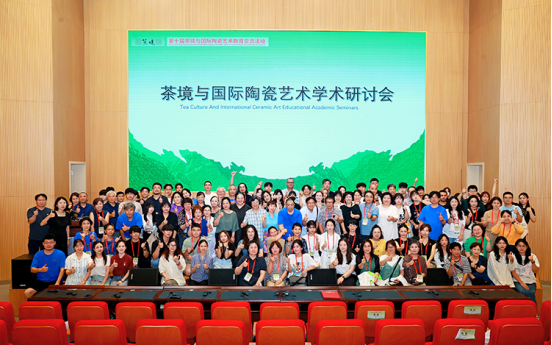

Updated: September 9th, 2024 Source: suse.edu.cn
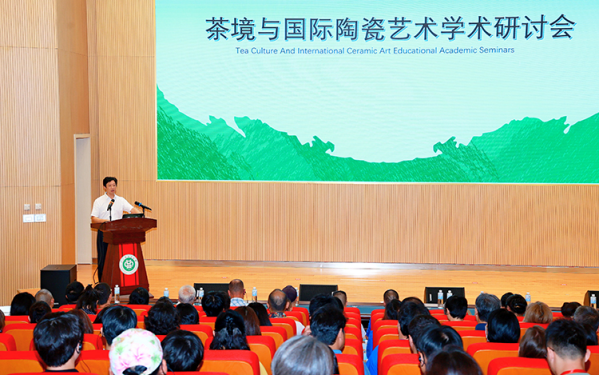
Recently, the tea culture and international ceramic art academic seminar, part of the 10th Tea Culture and International Ceramic Art Education Exchange Event, was held at the academic report hall on the Libaihe campus of Sichuan University of Science & Engineering(SUSE). Luo Huibo, vice President of SUSE attended the seminar. This activity was organized by the Academy of Fine Arts at Tsinghua University and co-organized by the People’s Government of Rong County and SUSE. Over 180 participants from various institutions or universities, including the Academy of Fine Arts at Tsinghua University, the Academy of Fine Arts at SUSE, the National Art Museum of China, Beijing City University, Jingdezhen University, as well as scholars, experts, and graduate students from the United States, Japan, and South Korea, took part in the event.
The seminar was chaired by Professor Yang Fan, head of the Department of Ceramic Art and a doctoral supervisor at the Academy of Fine Arts at Tsinghua University.
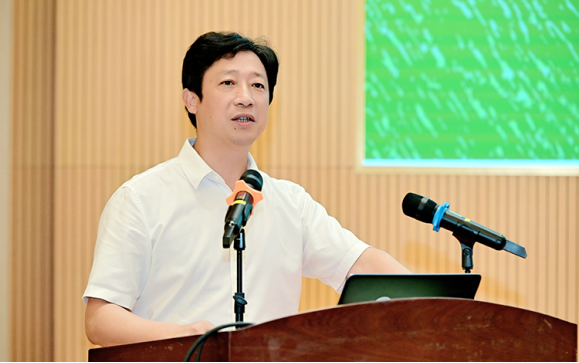
Before the seminar, Vice President Luo Huibo delivered a speech. Having briefly introduced the school’s strategy of “combining research and study, integrating industry and education, and pursuing distinctive development”, he pointed out that SUSE is located at an important intersection of “One Belt and One Road” and the “Yangtze River Economic Belt” and it fully integrates into the social and economic development of Zigong and Yibin cities and serves the construction of the Chengdu-Chongqing Twin-City Economic Circle. The successful hosting of this academic seminar will play a positive role in enhancing the SUSE’s international influence, and he wished the seminar a complete success.
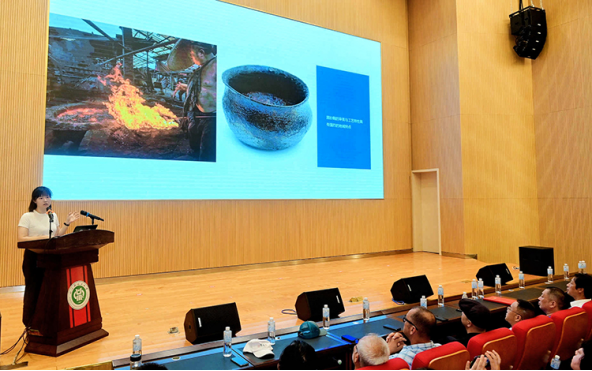
This seminar is held as the theme of “Immersed in Rongzhou, Tea Aroma Spreads Across the World”. At the seminar, Associate Professor Zhu Junru from the School of Fine Arts of SUSE shared her research subject titled “Sichuan Pottery---Local Creation and Research” . Starting from a practical perspective, she introduced her thoughts on ceramic art creation, undergraduate and graduate teaching, and research work. Moreover, She presented the rich pottery industry culture in Rong County to the attendees and shared her reflections on the future development prospects of “Rongzhou Pottery”.
Under the theme of “The Elegant Transformation of Rongzhou Pottery”, Liu Yong, chief artist of “Rongzhou Pottery”, shared how he transformed Rong County’s earthenware from industrial pottery to artistic pottery by adopting the creative concept of “art in life, life as art”.
Liu Shiyang, president of the Rong County Ceramics Association, delivered a report on the development of Rong County’s pottery industry.
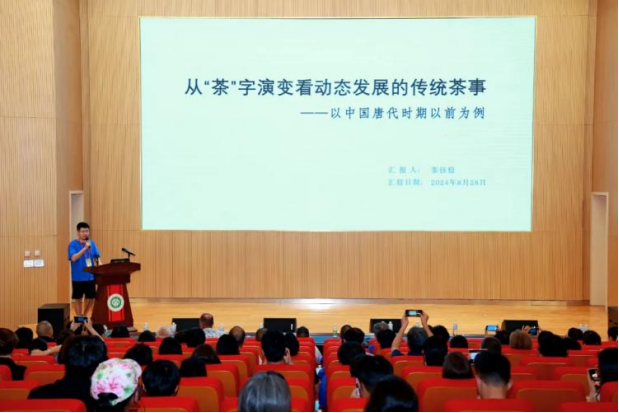
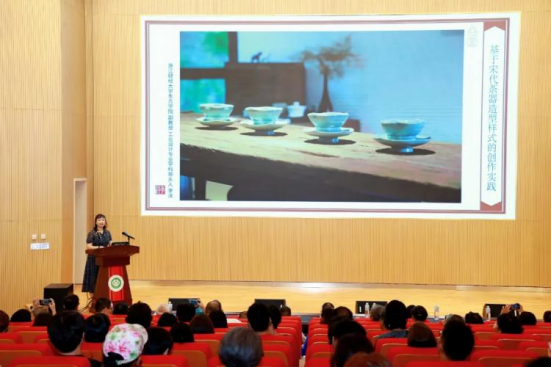
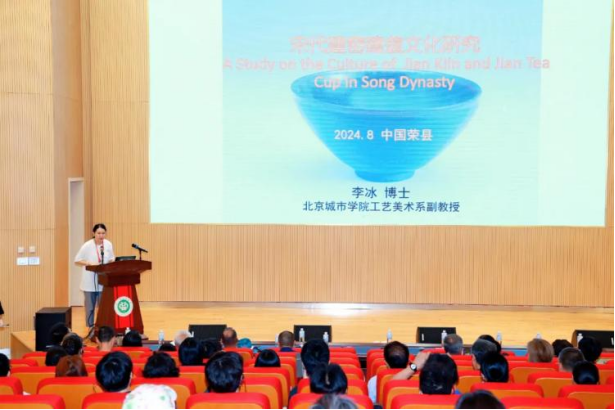
Thirteen scholars and artists from China, South Korea, and Japan shared their creative concepts, research processes, and achievements. Yang Jing, deputy researcher at the National Art Museum of China, shared his research on contemporary ceramic art aesthetics and artistic value based on the museum’s collection of modern and contemporary ceramics. Zhang Yuwen from Tsinghua University presented a systematic overview of the connection between tea culture and ceramic art through the evolution of the Chinese character “茶” (tea) during the period before the Tang Dynasty in China. Associate Professor Li Yang from the College of Cultural Communication and Design at Zhejiang University of Finance and Economics shared his research on the design and production ideas of tea utensils found in ancient Chinese texts from the Song Dynasty. Associate Professor Li Bing from the Department of Arts and Crafts at Beijing City University gave an academic presentation titled “Research on the Culture of Jian Kiln Jianshui Ware in the Song Dynasty”. Park Seojin and Bae Chaeun from Kyung Hee University in South Korea focused on the time frame from the late 18th century to the 19th century, sharing insights into the artistic styles and historical contexts of various porcelains from the Joseon era. Kim Sijoo presented on the application and expression of Bourdieu’s field theory in ceramic dining ware design.
Wang Chao, a young ceramic artist, gave a lecture titled “The Inheritance and Innovation of Ceramic Integrated Decoration”, sharing the design and theoretical research on creating ceramic integrated decoration works that combine traditional culture with contemporary aesthetic needs. Yoshiki Onoyama and Koki Ohara, ceramic artists from Japan, and Jeong Ji-hyun from South Korea, respectively shared their insights on the development of Japanese ceramic art, the conception and expression in ceramic artwork creation, the practice of creating works at Gallery Konohana, and their personal artistic practices.
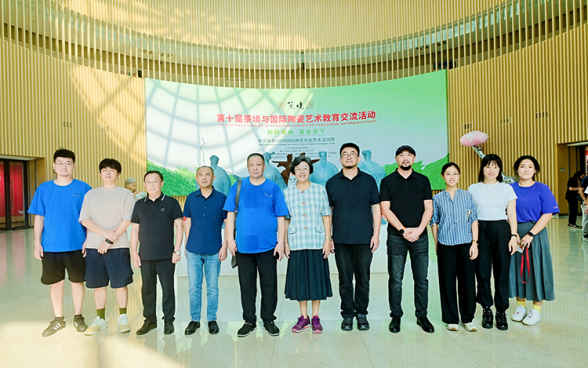
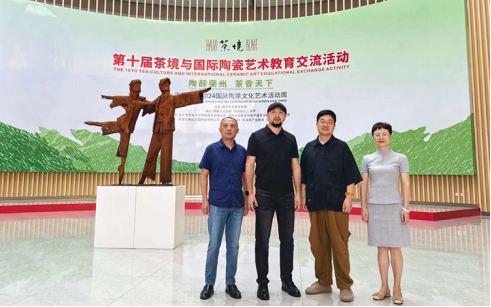
During the conference, artists from various countries visited the undergraduate teaching exhibition of art works by students and faculty members of the School of Fine Arts of SUSE. Besides, they highly praised the technical level, aesthetic value, materials and techniques, cultural and social relevance, as well as sustainability and practicality of the works created by the faculty and students. The conference also recognized the positive impact of the school’s educational philosophy, which focuses on integrating industry and education around the “comparative advantage” of Chinese lantern art.
This symposium further strengthened the ties between the Academy of Fine Arts at Tsinghua University and the School of Fine Arts at Sichuan University of Science & Engineering. Both parties reached intentions regarding the recruitment of outstanding doctoral graduates and sending visiting scholars. It also promoted the implementation of the “school-local cooperation” project between SUSE and Rong County.
